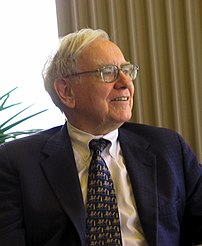deleveraging....it takes time
Lately quite a few folks have asked me about the economy (especially after the gyrations of the stock market), the truth is I have no clue what is in store for us.
However a few things are clear the western world over the last 20 years has eaten more than it can digest, be it mortgages, credit card, car and other consumer loans that we could not afford to pay. Offering cheap credit was a great solution to paper over all the real structural ill in the society primarily not investing in human capital (failing education, no focus on math, science, trade schools, high end manufacturing etc). People may have been unhappy with their minimum wage job, but as long as they had half a dozen credit cards, unregulated payday lenders…who cared. Well in 2008 the party ended, and the hangover has set it. Everyone has a lot of debt - households, governments and even banks. Let me be clear, we can and will resolve this, there is no doubt in my mind about that. There are three ways of lowering debt
a) pay it off
b) the creditor writes it of completely - bankruptcy, foreclosures etc.
c) the creditor takes a haircut - partial write down of the principal, payment plans etc.
Now all of the above a happening, but the key point is all this takes time. Probably the best evidence for how long these things take is based on history. In “This Time Is Different: Eight Centuries of Financial Folly” an amazing book by Carmen Reinhart and Kenneth Rogoff they talk about pretty much all kinds of past financial crisis.
Its clear based on history of such deleveraging events that it takes 8-10 years for the process to play out. So based on this I believe we’ll be treading water until 2016-2020, So basically we are looking at another lost decade as far as stock markets are concerned.
Also just a note its pretty much immaterial who wins elections etc. Democrats or Republicans they will tinker around the edges, bark louder than bite on Sunday morning talk shows and pretty much nothing will happen. The only solution is to wait out the deleveraging. Meanwhile here’s a great article on deleveraging from The Economist dated July 7th 2011.

![Reblog this post [with Zemanta]](http://img.zemanta.com/reblog_e.png?x-id=330c3223-9d02-443b-87af-093e10abd58b)




